The U.S. Air Force and the U.S. Navy have been quietly working together to develop a new air-to-air missile called the AIM-260 that will replace the venerable AIM-120 Advanced Medium Range Air-to-Air Missile, or AMRAAM. The two services are worried that the Chinese, in particular, have begun to outrange American fighter jets with their own advanced air-to-air missiles.
U.S. Air Force Brigadier General Anthony Genatempo, the service’s Program Executive Officer for Weapons, provided details about the new missile in interviews with Aerospace Daily and Air Force Magazine during the Life Cycle Industry Days at Wright-Patterson Air Force Base in Ohio. This event is primarily meant to help Air Force Materiel Command share updates and potential new opportunities with defense contractors, but is also open to the press.
The AIM-260 program, also known as the Joint Air Tactical Missile (JATM), has actually been going on for more than two years already, but this is the first time the Air Force or the Navy has publicly discussed it. At present, the only official mention of the project that is publicly available online appears to be a notice about the assistant program manager, an employee of Naval Air Systems Command, winning an award for outstanding logisticians in 2017.
“It is meant to be the next air-to-air air dominance weapon for our air-to-air fighters,” Brigadier General Anthony Genatempo told Air Force Magazine. “It has a range greater than AMRAAM, different capabilities onboard to go after that specific threat set, but certainly longer legs.”
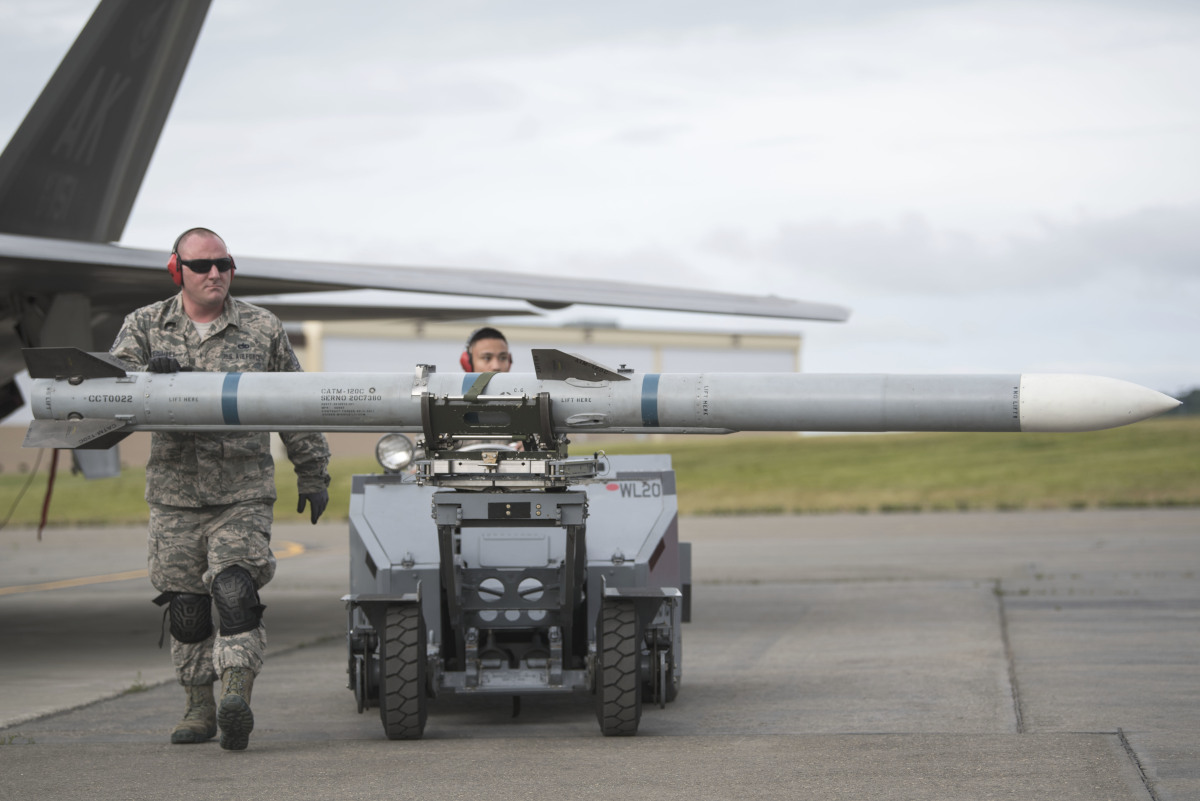
The threat set Genatempo was talking about is future aerial opponents riding in advanced fighter jets, such as those that Russia and China are developing and are beginning to field, such as the Su-57 and the J-20, respectively. Those two countries have also been developing new, longer-range air-to-air missiles to go with those aircraft.
The Air Force officer said that the appearance of the Chinese PL-15, which uses a dual pulse rocket motor, in 2016 was the key factor that drove the Air Force and the Navy to begin the JATM program. Last year, a pair of J-20s flew a particularly notable flight routine at the biennial Zuhai air show with their ventral weapons bays open, showing a full load of four of these missiles.
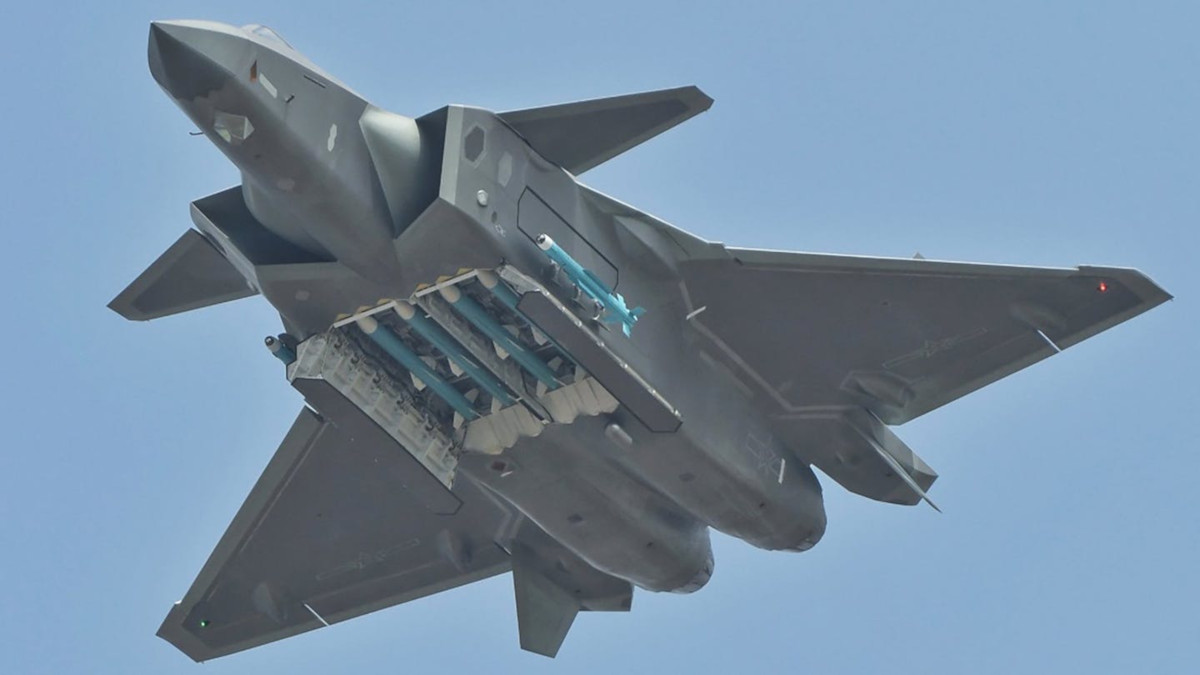
There has been much speculation and confusion about what missile this nomenclature refers to over the years and its exact capabilities, but this would seem to suggest that the U.S. military is concerned that it may be close to matching, or even exceeding, the range of the latest AIM-120D variant. Raw range, of course, isn’t the only factor in air-to-air combat and the AIM-120D has a host of other advanced features, which The War Zone has previously examined in depth.
There is also a possibility that there remains confusion within the U.S. military about the exact nomenclature of Chinese air-to-air missiles. In late 2016, images also emerged of an even longer-range Chinese missile, which has been referred to as both the PL-15 and as the PL-21.
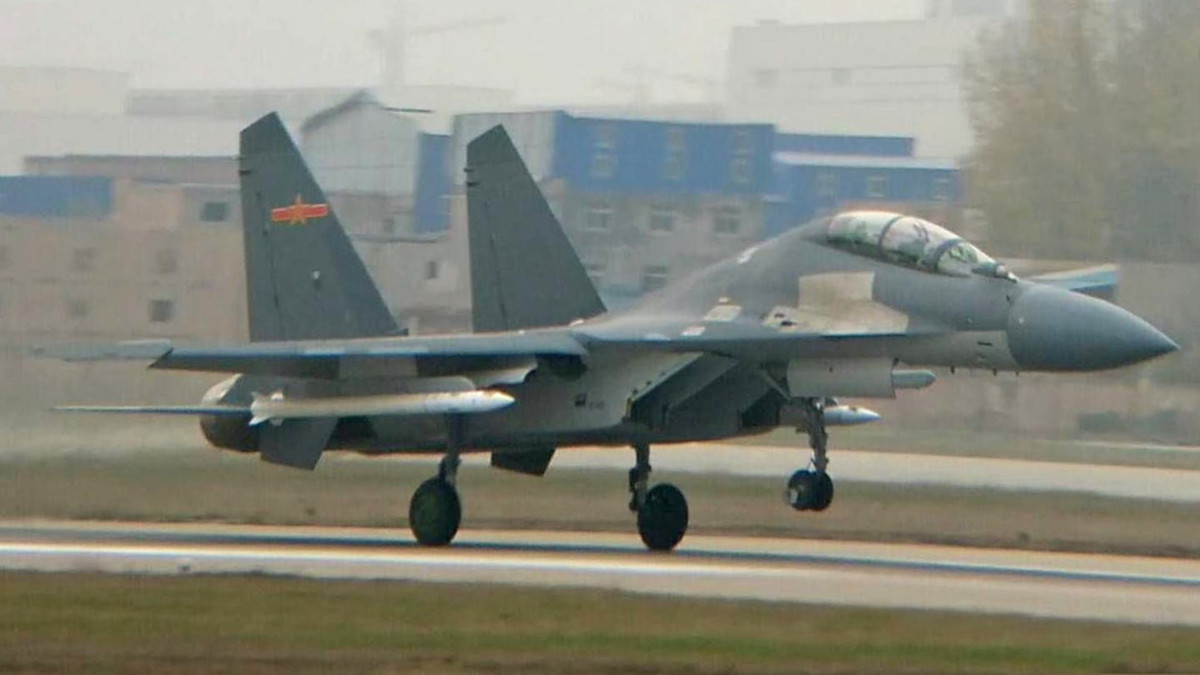
Whatever the case, in 2017, the JATM program office hired Lockheed Martin to develop the new air-to-air missile. Otherwise, there are still few details about the design. Genatempo did say that the AIM-260 will not use a ramjet, the European Meteor air-to-air missile does, and will have a similar form factor to the existing AIM-120, but did not explain how it would then be possible then to achieve a significant increase in range, according to Aerospace Daily.
It is possible that advances in rocket motor and warhead technology may be enough to provide a considerable boost in range when combined with a new, streamlined body. For example, Northrop Grumman’s AGM-88G Advanced Anti-Radiation Guided Missile-Extended Range (AARGM-ER) leverages similar developments, including a warhead that offers improved lethality in a smaller package, to create space for additional rocket fuel.
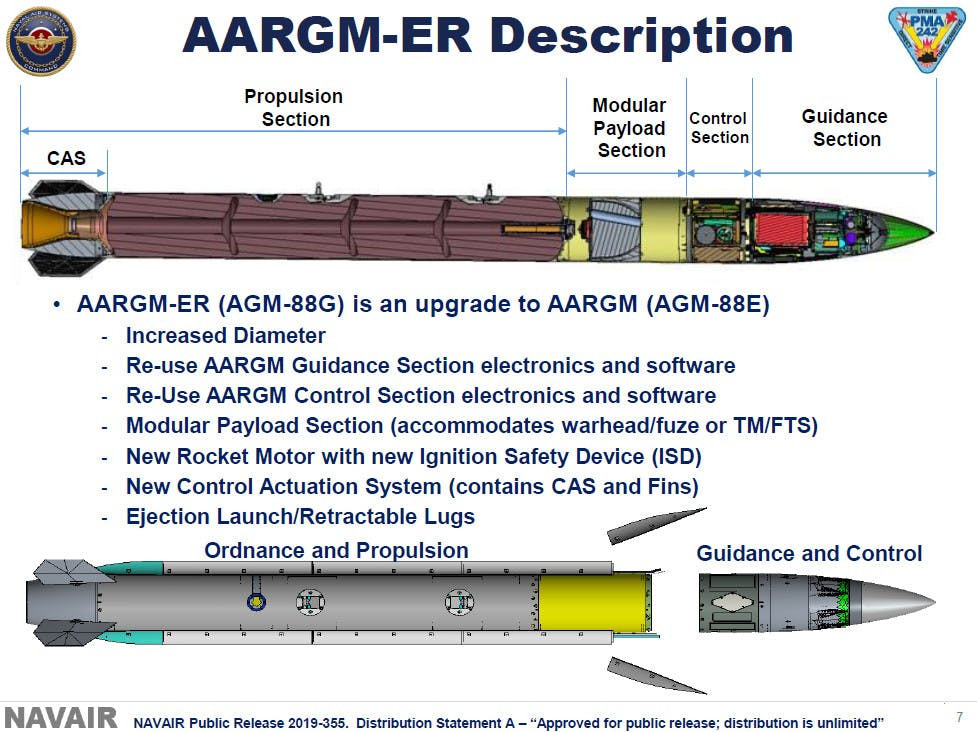
Brigadier General Genatempo didn’t offer any specifics about the other “different capabilities” the AIM-260 would have as compared to the AIM-120. A dual-mode seeker that includes radar and an imaging infrared capability could be a very important addition in an age of ever-improving countermeasures. This would give the missile a means of homing in on its target even in the face of electronic warfare jamming during the terminal phase of flight. Similarly, if the missiles optics were get blinded or confused, it could fall back on its radar seeker. An ability to home in on a target’s emissions, such as those from its own radar, could also give the JATM additional flexibility.
The AIM-260 itself will very likely feature advanced two-way data links in order to send and receive new information, allowing for more precise targeting, complete retasking of the missile in flight, and engaging targets based on data from offboard sources. The latter functionality would allow a fighter pilot to engage targets beyond the range the sensors on their own aircraft or fire the missile without having to activate their own radar, increasing the likelihood that enemy forces would detect them. The AIM-120D already has a two-way data link that has some third party targeting capabilities.
But keeping the weapon within the same size constraints of the AMRAAM will be especially important in order to integrate it into existing stealth fighters, such as the F-22 Raptor and F-35 Joint Strike Fighter, which must carry their weapons internally in order to maximize their stealthy characteristics. The F-22 and the non-stealthy F/A-18E/F Super Hornet are slated to be the first aircraft to carry the JATM, which Genatempo said is expected to begin flight testing in 2021 and begin initial operational testing the year afterward.
After that, integration on F-35 variants will occur, according to Air Force Magazine. It seems likely given this timeframe that the missile could find its way onto other Air Force fighter jets, including the services future F-15X Advanced Eagles.

“As I bring up JATM production, AMRAAM production is kind of going to start tailing off,” Brigadier General Anthony Genatempo added.
There is also no explanation for why the new missile is called the AIM-260. The joint service designation system for missiles involves a three letter prefix – in this “AIM” for “Air Intercept Missile” – followed by an arbitrary number that is supposed to follow in sequence. The designation sequence has only recently hit the 180s, at least publicly, and it is highly unlikely that is has jumped so far ahead on still-classified projects alone. As such, “260” appears to be a deliberate choice with a specific meaning. It could be a reflection in some way of the missile’s performance or a completely different reference, similar to the out of sequence designation for the B-21 Raider stealth bomber. The Air Force chose that nomenclature because the plane would be the “first bomber for the 21st century.”
Regardless of what the designation means, a new air-to-air missile with a significantly greater range over the AIM-120D, as well as other improvements, will be a boon to both stealthy non-stealthy U.S. fighter jets. Improved networking capabilities down the road could allow non-stealthy aircraft, such as the Super Hornet, to act as missile trucks and engage targets beyond the range of their own radars and other sensors while also keeping as far away as possible for enemy aircraft and air defenses.
It is also worth noting that the AIM-260 appears to be just one part of a future family of advanced air-to-air weapons. The JATM program is separate from the Long Range Engagement Weapon (LREW) project. You can find The War Zone‘s analysis of the LREW missile, which Raytheon is developing, here.
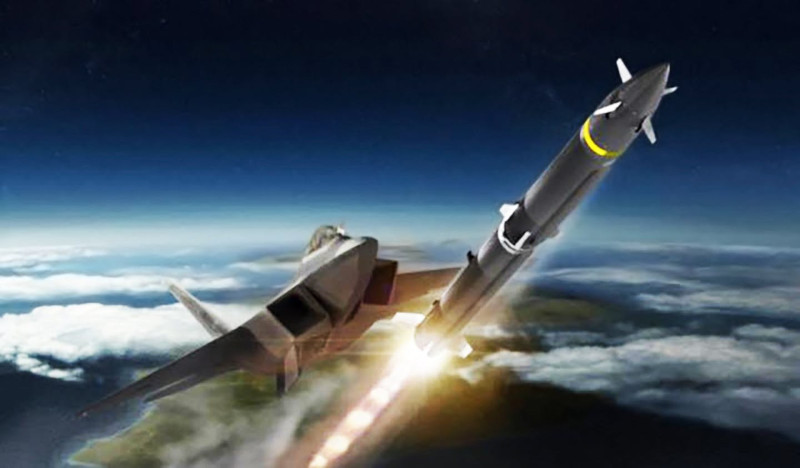
The Air Force Research Laboratory is also continuing its work on smaller, next-generation, hit-to-kill air-to-air missiles as part of the Miniature Self-Defense Munition (MSDM) and Small Advanced Capability Missile (SACM) programs. But the Air Force and the Navy appear to be very focused developing and fielding of the JATM in the near term.
The AIM-260 sounds like an exciting and critical new capability for America’s fighter jets to help them keep their edge against potential opponents.
Contact the author: joe@thedrive.com
